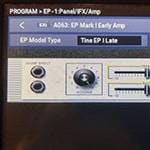BOSS's flagship multi-processor [GT-1000]
The GT-1000 has been used in live performances and recordings by leading artists such as Hidehisa Sasaki of TRIX, Seiji & Yuki & Toshi of D_Drive, and Yoshiyuki Sahashi, a top guitarist representing Japan.
I myself use the GT-1000 on a regular basis for production and live performances.
This time, I would like to introduce some trivia I discovered while using the GT-1000!
Turning the Knob Values All at Once
When you want to change the delay time or gain of a distortion pedal, do you have to turn the knob many times?
Actually, if you turn the knob while the button is pressed in, you can change the value by a large amount!

One click moves the value by about 10 (usually it’s 1).
This allows you to operate the knob roughly like an analog device, which is very useful when you want to know how a sound is created or how a modeling amp or effect behaves.
Switchless Wah on the GT-1000
Normally, in order to turn the GT-1000's wah on and off, you either depress the EXP pedal or assign a control button to turn the wah on and off.
However, this method is a little inconvenient when you want to use the wah only for a moment during a song.
However, if you make some adjustments to the settings, you can make it a switchless wah like Morley's wah!
You can do this with just the unit itself, but it is quite complicated, so I made a video explaining it using the Tone Studio for GT-1000 application released by BOSS.
Download Tone Studio for GT-1000 from here.
[Win] BOSS TONE STUDIO for GT-1000 Ver.3.20.1 for Windows
[Mac] BOSS TONE STUDIO for GT-1000 Ver.3.20.1 for macOS / OS X
[One Tip On the Sensitivity Setting]
The timing of the wah application can be adjusted by changing the value to “ACT RANGE Hi.” If you make the value smaller, the play between the time you step on the wah and the time it turns on will become smaller.
Morley's MAVERICK, for example, has a little play between the time you step on the wah and the time it turns on, so if you want to get closer to the feel of the real wah, you can adjust this value!
By the way, this method can be used for various effects other than wah, so you may be able to do many interesting things. Please give it a try!
*Please note that you cannot use the EXP pedal as a volume pedal in the patch with this setting!
(You can solve this problem by preparing a separate external EXP pedal)
Automatic tuner activation when the volume pedal is at zero
When tuning during MC at a live performance, etc., setting the volume pedal to zero and then activating the tuner involves two steps, but actually the GT-1000 can combine these steps into a single operation.
This is also easier to set up using the application, so I will show you how to do this in the video.
This setting is very convenient for immediate access when you want to use the tuner frequently, not only during live performances, but also during daily practicing and recording!
Just be careful if you use the volume pedal frequently while playing, as the tuner may be activated unexpectedly when the pedal returns!
Reproducing Paul Gilbert's flanger sound
Did you know that Ibanez used to sell a Paul Gilbert signature flanger pedal?
The most distinctive feature of this flanger pedal is that it can produce, at the touch of a switch, the jet sound that is produced when the Flanger knob on the ADA is turned all the way down.
For a while, you could hear it in Paul's solo works and MR.
I had one myself when I was in high school. I remember saving up my New Year's money and buying it….
But unfortunately, this pedal is now discontinued and can only be purchased used. ......
However, the jet sound like this pedal can actually be produced with the GT-1000!
This one is for advanced users! It is a bit complicated to set up, but give it a try!
I have a Paul-like flanger sound made with the GT-1000 at the end of the interlude of a song called “Aishi no Kuzu he” (To My Trash Lover) by my band Tokyoite!
If you use it in a song, it will surely make a big impact!
You can enjoy a different Jet sound with different amps and distortion types, so by all means, experiment with different types of amps and distortion types!
Hidden features in the amp simulator
The GT-1000 includes a variety of amp modeling.
One of them is the MATCHLESS DC-30 modeling, and when you turn up the Presence knob...

↑ When Presence is 0

↑ Presence at 100
As you turn up the presence knob, the super-high frequencies are attenuated!
Normally, the boost is obtained as the value is increased, but this is not the case.
This is just my guess, but the DC-30 has a knob called “Cut” which, when turned up, attenuates the high frequencies. The behavior of the Presence knob is probably a reproduction of this. (If so, that’s really awesome. ......)
There may be more hidden features besides these, so I encourage everyone to touch the GT-1000 and find out!
Thank you for reading this far!
How was the trivia about the GT-1000?
I hope you enjoyed it!
The “sound & person” column is made up of contributions from you.
For details about contributing, click here.





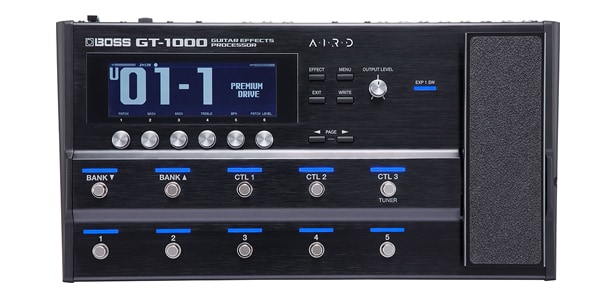

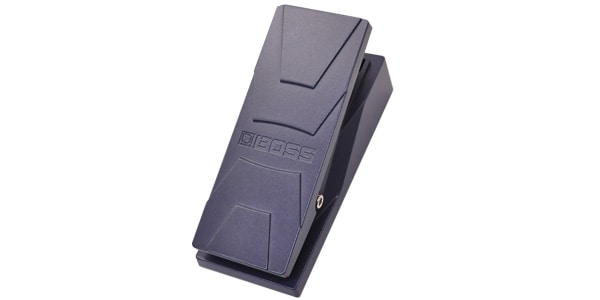

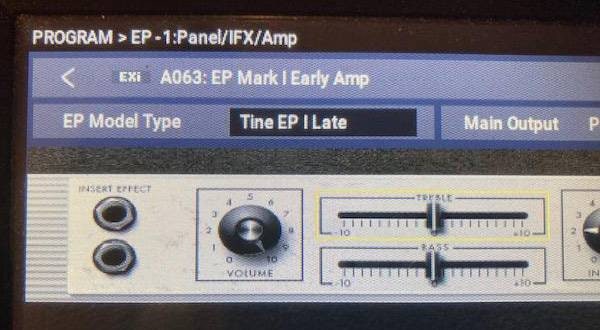




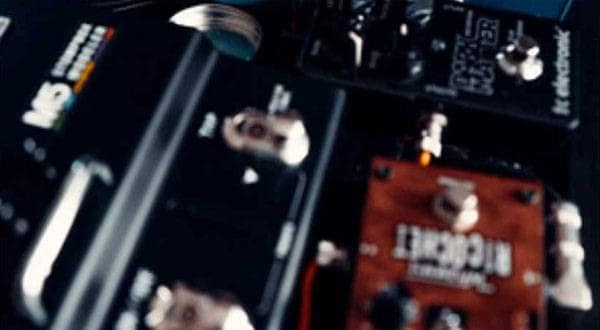
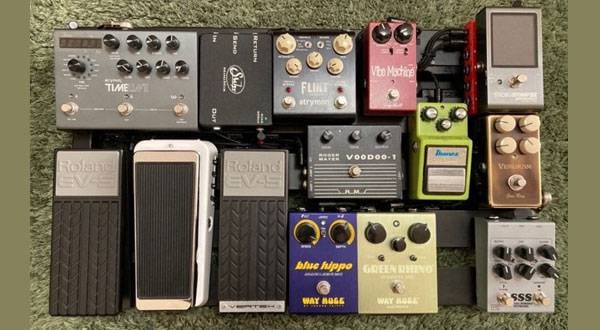
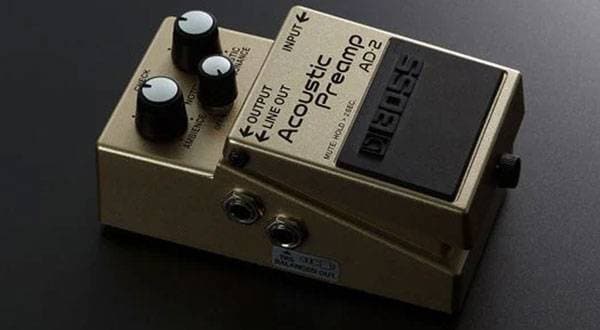

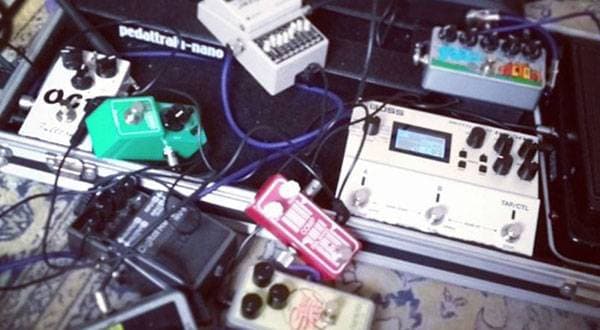
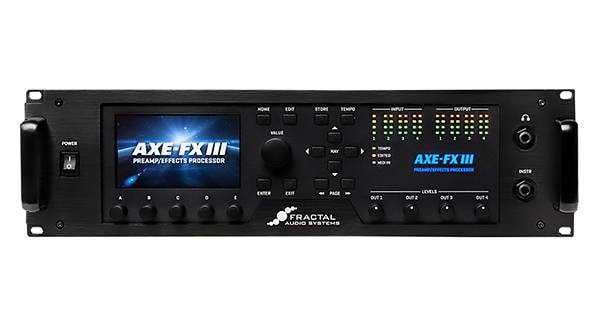
 第2弾 あなたのエフェクターボード見せてください
第2弾 あなたのエフェクターボード見せてください
 【初心者向け】エフェクター講座
【初心者向け】エフェクター講座
 あなたのエフェクターボード見せてください
あなたのエフェクターボード見せてください
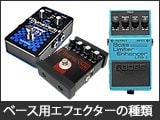 ベース用エフェクターの種類
ベース用エフェクターの種類
 エフェクターのつなぎ方
エフェクターのつなぎ方
 エフェクターの種類
エフェクターの種類
